Top Things to Know Before Buying Identifying House Plants
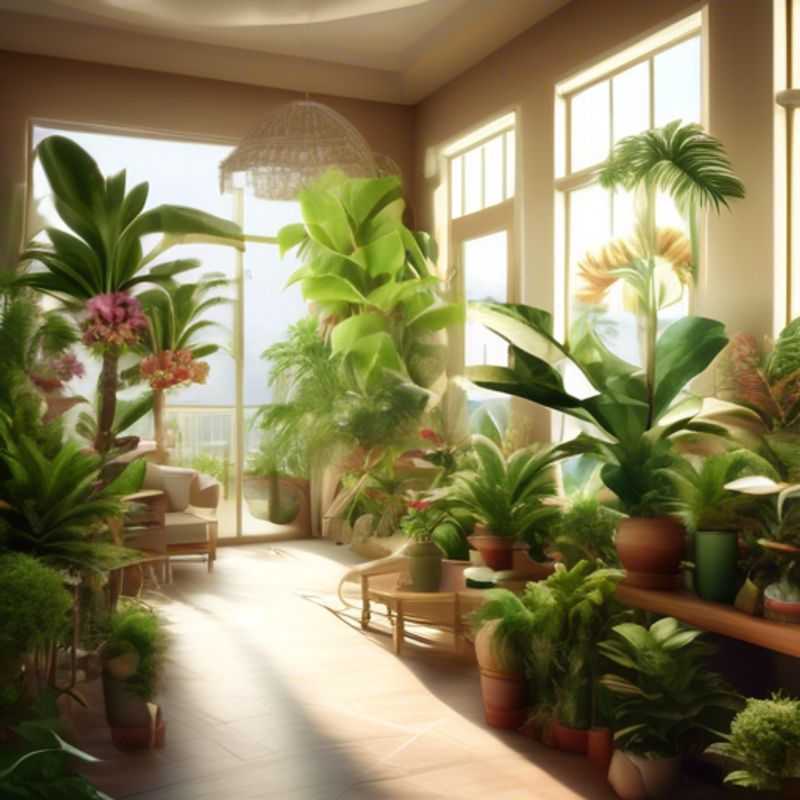
The Essential Guide to Choosing the Perfect House Plant: What to Know Before You Buy
Ah, the joy of bringing life into your home with the vibrant greenery of houseplants. It's a delightful experience, but to ensure your leafy companions thrive, a bit of understanding is key.
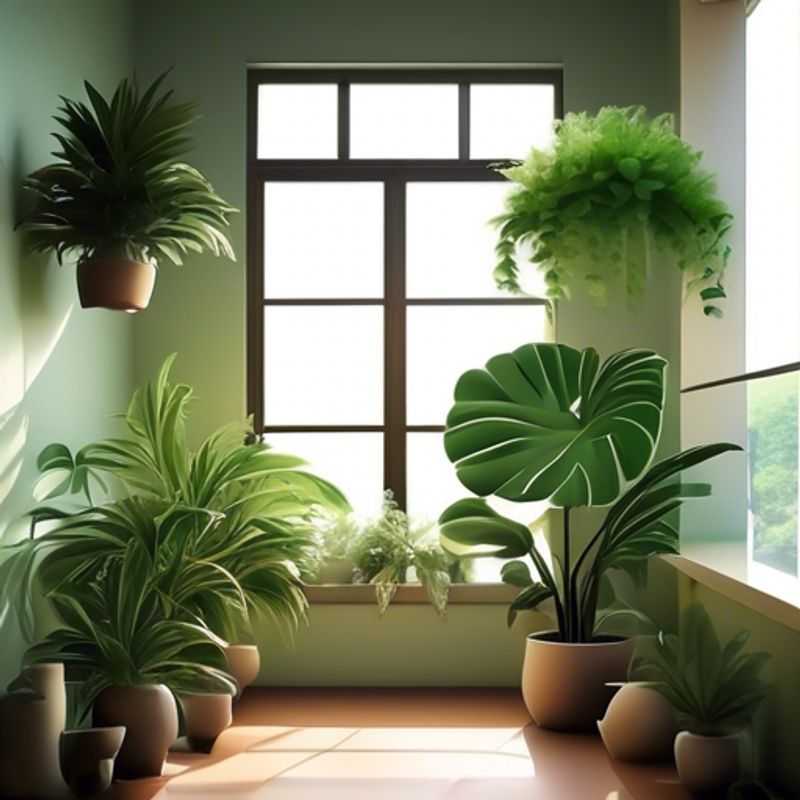
Decoding Sunlight: Understanding Your Plants' Light Needs
Understanding a plant's light requirements is crucial for its survival and thriving. Plants are categorized as low, medium, or high light depending on the amount of light they need to grow.
Low light plants can tolerate shady conditions and thrive in areas with indirect sunlight. They are perfect for rooms with limited natural light, like bathrooms or north-facing rooms. Examples include snake plants, peace lilies, and cast iron plants.
Medium light plants prefer moderate amounts of indirect sunlight, such as bright, filtered light through a sheer curtain. They can handle a few hours of direct morning or evening sunlight, but should be protected from intense midday sun. Some examples include spider plants, ZZ plants, and pothos.
High light plants thrive in bright, direct sunlight for several hours each day. They are ideal for south-facing windows or sunny balconies. Examples include succulents, cacti, and many flowering plants.
It's crucial to select plants suited to the light conditions available in your home. If a plant isn't receiving enough light, it will often exhibit symptoms such as yellowing leaves, stunted growth, or dropping leaves. Conversely, too much light can scorch leaves and lead to wilting.
Pay attention to your plant's needs and adjust its position as necessary. To promote healthy growth, consider using grow lights for plants that require high light but don't receive enough natural sunlight. With a little attention and care, your plants will thrive and bring joy to your home.
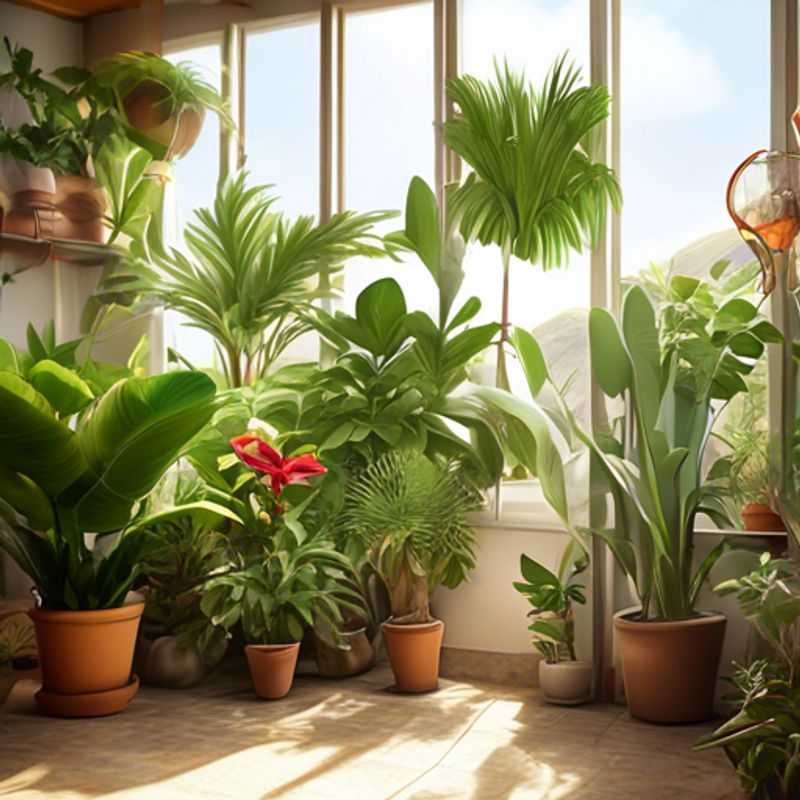
Finding the Perfect Pot: Size and Drainage for Your Plant's Thrive
Choosing the right pot size and drainage is crucial for your plant's health. Here's a quick guide to help you:
Pot Size: The general rule of thumb is to choose a pot that's just slightly larger than the plant's root ball. This allows for room for growth while preventing the roots from becoming overcrowded.
Drainage: Proper drainage is essential to prevent root rot. Pots should have drainage holes at the bottom to allow excess water to escape. Consider adding a layer of gravel or pebbles at the bottom of the pot to improve drainage.
Material: Different pot materials affect drainage and water retention. Terracotta pots are porous and allow for good drainage, while plastic pots retain moisture.
Consider the Plant's Needs: Some plants prefer well-draining soil, while others prefer consistently moist conditions. Research your specific plant's needs to determine the best pot size and drainage system.
Additional Tip: Always check the soil moisture before watering. If the soil is still moist, it's best to wait before watering again. Overwatering can lead to root problems.
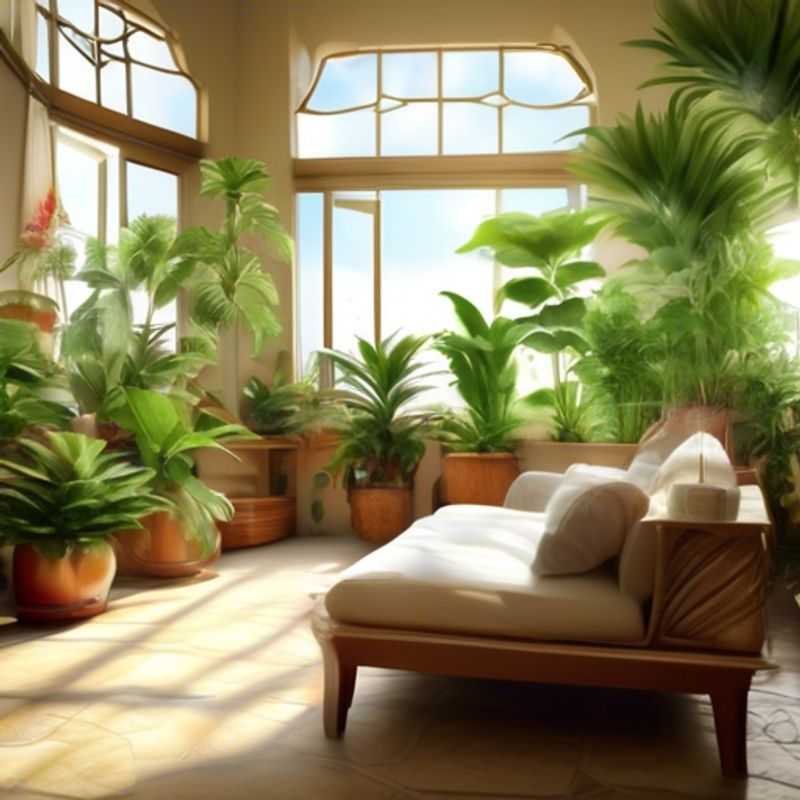
Unveiling the Secrets of Plant Watering: Frequency and Amount
Understanding your plant's watering needs is essential for its thriving. The key is finding the balance between keeping the soil moist and avoiding overwatering. This balance is determined by factors like plant species, pot size, environment, and season.
To research your plant's specific needs, a simple online search can be your starting point. Reputable gardening websites and apps provide valuable information on various plant species, offering insights into ideal watering frequency and amounts.
Remember, consistent watering is crucial. It's better to err on the side of slightly underwatering than overwatering, as overwatering can lead to root rot. Regularly check the soil moisture with your finger. If the top inch feels dry, it's time to water.
For accurate information, consult reliable sources. Avoid generic advice and seek information tailored to your plant's specific needs. Remember that each plant has its own unique requirements.
When in doubt, observation is key. Pay attention to your plant's appearance. Signs of overwatering include yellowing leaves, wilting, and a mushy stem. Underwatering can result in brown and crispy leaves. These observations will help you adjust your watering schedule and ensure your plant's well-being.
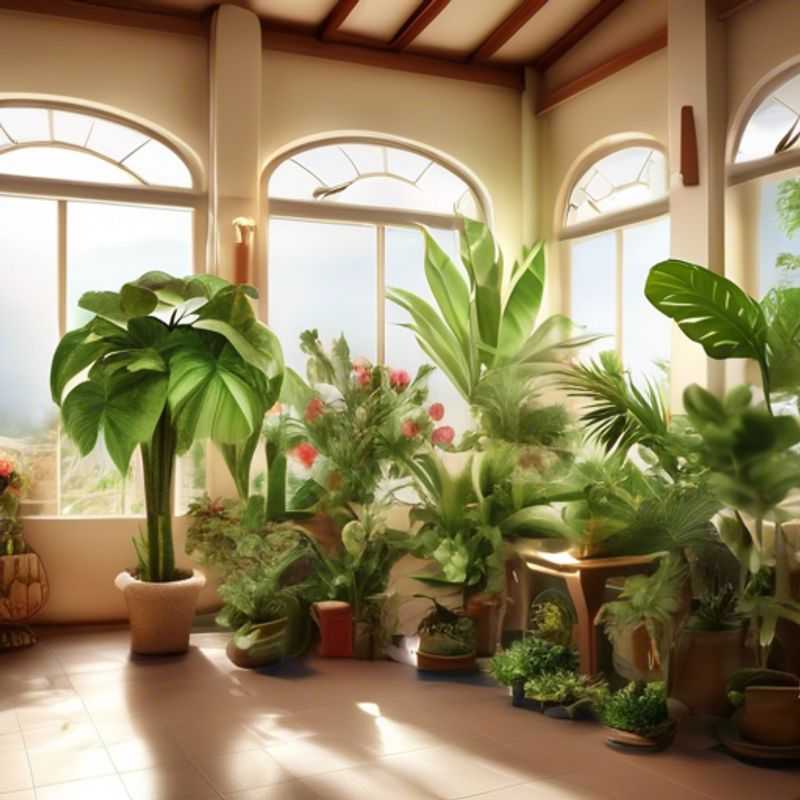
Unlocking Plant Happiness: Understanding Temperature Preferences
Plants thrive within specific temperature ranges, a crucial aspect of their well-being and growth. Understanding these preferences is vital for successful plant cultivation. You can broadly categorize plants into three temperature preference groups: warm, cool, and those that prefer moderate temperatures.
Warm-loving plants flourish in temperatures above 65°F (18°C), basking in the warmth of summer and enjoying even higher temperatures. Examples include tropical plants like orchids, ferns, and many flowering plants.
Cool-loving plants, on the other hand, thrive in cooler temperatures, often thriving in spring and fall when the weather is milder. Examples include hardy perennials like lavender, rosemary, and many vegetables.
Moderate temperature plants, as their name suggests, prefer temperatures that are not too hot and not too cold. These plants typically adapt well to a wide range of conditions.
Determining a plant's temperature preference is a crucial step in ensuring its successful growth. This knowledge allows you to choose the right location, optimize watering, and provide suitable care for optimal plant health.
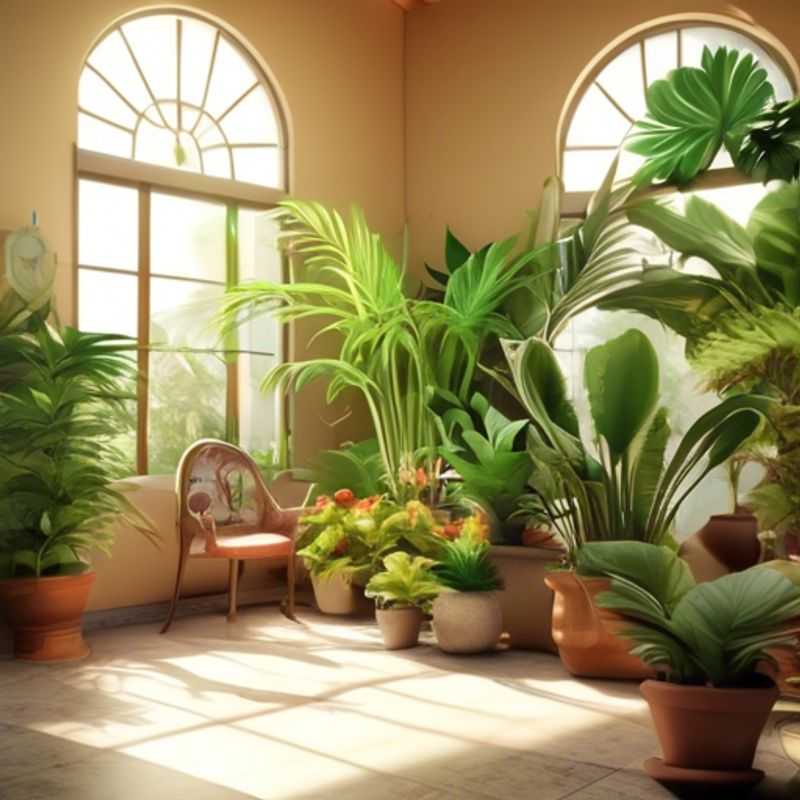
Decoding Plant Humidity: High, Moderate, or Low?
Understanding a plant's humidity needs is crucial for its health and survival. Humidity refers to the amount of moisture in the air. Plants thrive in different humidity levels, categorized as high, moderate, or low. Let's explore how to determine the humidity needs of your plants.
High humidity environments, typically above 60%, suit plants like orchids, ferns, and bromeliads. These plants often hail from tropical rainforests with high humidity. They might require regular misting or placement near a humidifier.
Moderate humidity, around 40-60%, is ideal for many common houseplants, including peace lilies, spider plants, and snake plants. They can tolerate fluctuations in humidity but benefit from occasional misting or placement near a water source.
Low humidity, below 40%, is preferred by desert-dwelling plants like cacti and succulents. These plants are adapted to dry environments and can even tolerate periods of drought.
Here are some tips to help you determine your plant's humidity needs:
Observe the plant's natural habitat: Where does the plant originate? Tropical plants typically prefer higher humidity, while desert plants thrive in low humidity.
Research the plant's specific needs: Consult reputable sources like gardening websites or plant care guides. They often provide detailed information about the plant's humidity requirements.
Monitor the plant's health: If your plant shows signs of stress, such as brown leaf tips or wilting, it might indicate an unsuitable humidity level. Adjust the environment to increase or decrease humidity as needed.
Remember, each plant is unique, and its humidity needs may vary depending on its specific variety and growing conditions. Observe your plants closely, consult resources, and adjust as needed to create a thriving environment. Happy gardening!
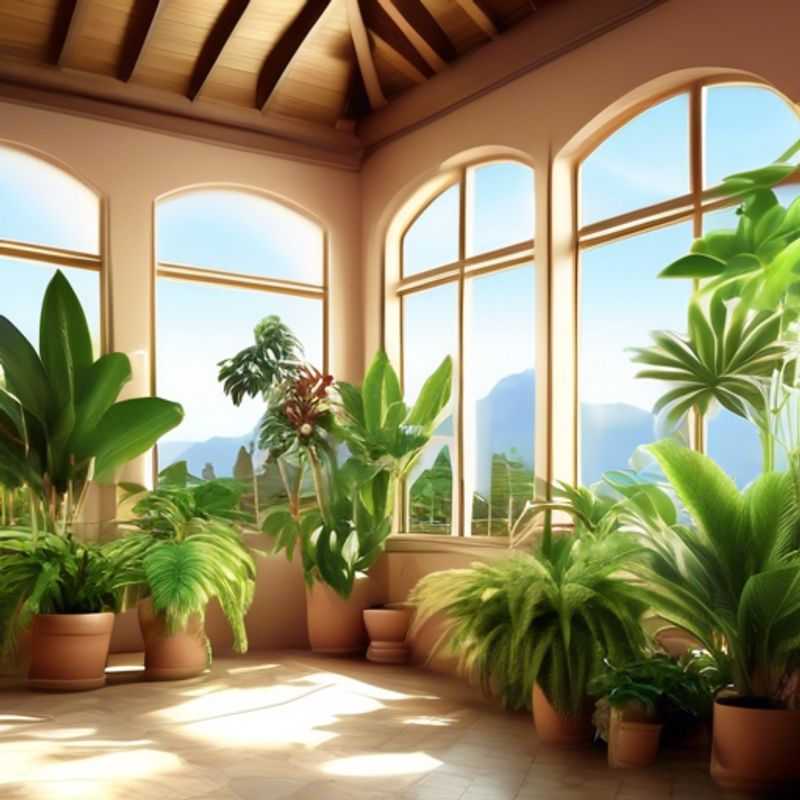
Digging Deeper: Understanding Your Plant's Soil Preferences
Understanding your plant's soil requirements is crucial for its health and growth. Different plants have different preferences, and providing the right environment will ensure their success.
First, consider drainage. Some plants thrive in well-draining soil, while others prefer moist conditions. Poor drainage can lead to root rot.
Next, assess pH. Soil pH is a measure of acidity or alkalinity. Acidic soils are ideal for azaleas, rhododendrons, and blueberries, while alkaline soils suit roses and many vegetables.
Soil texture is also important. Sandy soil drains quickly, while clay soil retains water. Loamy soil is considered ideal, offering a balance of drainage and moisture retention.
Finally, nutrients are essential. Some plants require specific nutrients, such as phosphorus for flowering and nitrogen for foliage. Soil tests can reveal nutrient deficiencies and help you amend your soil accordingly.
By familiarizing yourself with your plant's soil requirements and providing the right environment, you can ensure its healthy growth and vibrant beauty.
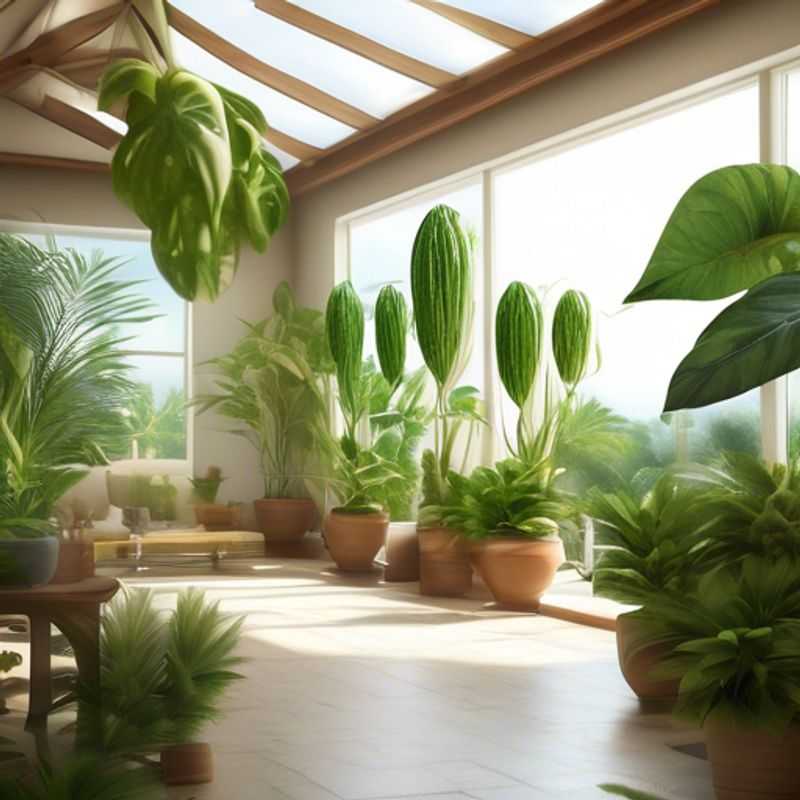
Unveiling the Secrets of Plant Growth: Understanding Habits and Mature Size
Understanding a plant's growth habits and potential size at maturity is crucial for successful gardening. It helps you choose the right plants for your space and ensure they thrive. Here's a quick guide:
Growth Habits: This refers to how a plant grows. Some plants are upright, while others spread horizontally. Knowing this helps you plan their placement in your garden.
Maturity Size: This refers to the plant's expected size at its peak. Consider the height, width, and overall spread to ensure the plant has enough room to grow.
Factors Influencing Growth: Several factors can influence a plant's growth habits and size, including: Sunlight, Water, Soil Quality, and Nutrition. Understanding these factors is essential for providing the right environment for your plants to flourish.
Resources for Information: Many resources can help you discover a plant's growth habits and mature size, such as: Online databases, Gardening books, Local nurseries, and Plant identification apps. Take advantage of these resources to make informed planting decisions.
